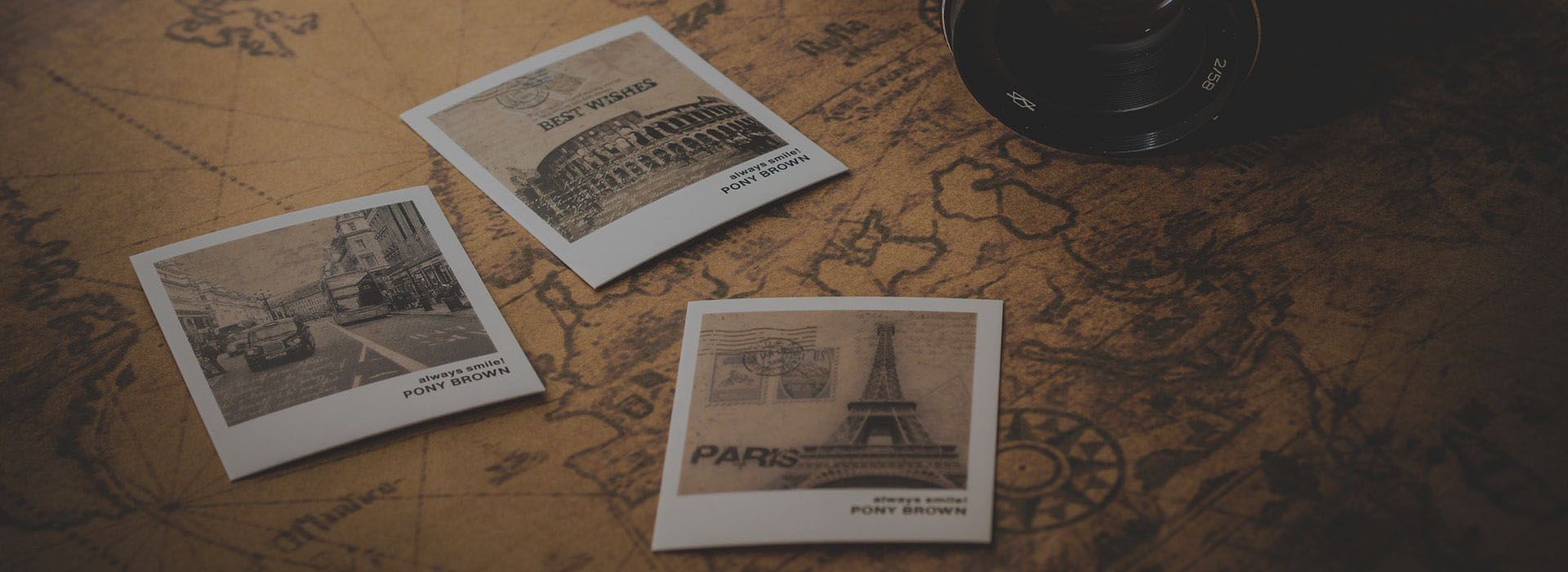Shaanxi
If Shanghai is China tomorrow and Beijing is China of today, then Shaanxi can rightfully claim to be one of the best examples of the China of yesterday. It is reputed that there are in excess of 35,000 architectural sites, some believed to date back one million years. No visit to Shaanxi is complete without a visit to the famous Terracotta Warriors of Xi’an.
Xi’an – The Ancient Capital
If Beijing represents China today and Shanghai tomorrow, then surely Xi’an represents China’s past. Once the Eastern terminus of the famed Silk Road, Xi’an has welcomed foreign visitors for thousands of years. Today, Xi’an’s key attraction is the Terracotta Army, one of the man-made wonders of the world. If your journey takes you to Xi’an solely to view the Terracotta Warriors it will be a worthwhile journey, yet there are many other attractions to see. Xi’an is home to a large Muslim community and the Muslim snack street will have you thinking that you have left China for the Middle East. Take a trip around the City’s ancient city walls and be sure to feast your stomach at a Dumpling Banquet and your eyes at the Tang Dynasty show.
There are a number of attractions that bring Western visitors from far and wide.
Terracotta Warriors
The archaeological discovery of the late 20th century, the Army of the Terracotta Warriors provides one of China’s top historical sights, having been well preserved for 2000 years in an underground vault of earth and timber. Sculpted by 750,000 people over a period of 38 years, the life size terracotta soldiers and their horses stand in battle formation to protect the Emperor in the afterlife. Amazingly, every figure differs in facial features and expressions.
Banpo Neolithic Village
The Banpo Neolithic Village appears to have been occupied from around BC4500 until around BC3750 and was discovered in 1953. A large hall covers the residential area of the original village. The ruins include residential dwellings, pottery manufacturing, burial locations and storage cellars. Museum displays of artifacts are on site.
City Walls
Built nearly 700 years ago to fortify the city during the height of the Silk Road era, the walls and moat still surround the city of Xi’an today. 16 kilometres long, 12 metres high and 18 metres wide, the wall provides the perfect opportunity to view Xi’an, without the hassle of the traffic below.
Bell Tower & Drum Tower
Dating from the 14th century, the Bell Tower was rung each morning to signify the start of the working day and conversely the Drum Tower was used to mark nightfall. The Bell Tower is considered to be the centre of the city and consequently there are a variety of hotels, shops and restaurants in the vicinity.
Muslim Quarter
Located west of the Bell Tower, the Muslim Quarter has been home to the city’s Hui community (Chinese Muslims) for over 1300 years. The bustling streets accommodate a wide variety of shops, markets and family owned factories. The Great Mosque built here was designed in the true Chinese architectural style with most of the grounds taken up by gardens.
Big Goose Pagoda
Completed in the 7th century, this famous pagoda was built to house the Buddhist sutras bought by a Xi’an monk on his travels through India. Surrounded by gardens, the pagoda is one of the finest examples of the Buddhist variety. Climb to the top of the pagoda and experience lovely views of the surrounding area.
Huashan (Mt Hua)
Mount Hua is one of the five sacred mountains of Taoism. The mountain is a part of the Qinling Mountain range and the journey is 100 kilometres from the city of Xian. The mountain has had religious significance for at least 2000 years but did not enjoy the same profile as Taishan (Mount Tai) as a place for pilgrimage. There are three ways to ascend the mountain with the North peak, the most common. The scenery is breath taking with the Jagged Cliff face leaning out over beautiful lush green countryside. Well worth a visit.
Hancheng
240 kilometres from Xian, Hancheng is the gateway to some wonderful historic sights which are abundant in Shaanxi Province. The most popular is Dangjiacun.
Hancheng is known as a ‘place of literature’ and was the birth place of famous Chinese academics such as Sima Qian (145 – 90 BC).
Dangjiacun Village
Dangjiacun Village dates back to the 14th Century. This ancient village is an excellent example of a style of living that was once plentiful. The village’s inhabitants came from two families, the Dang and the Jia. The courtyard style lay out has often been referred to as ‘little Beijing’.


